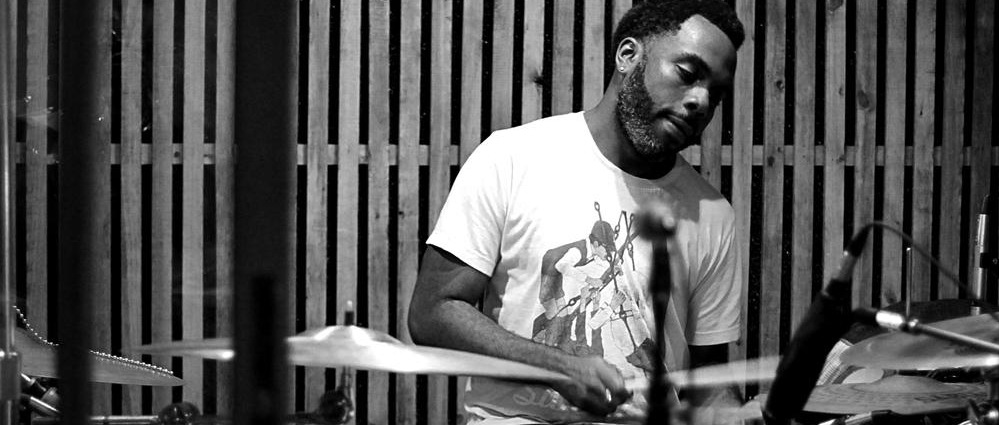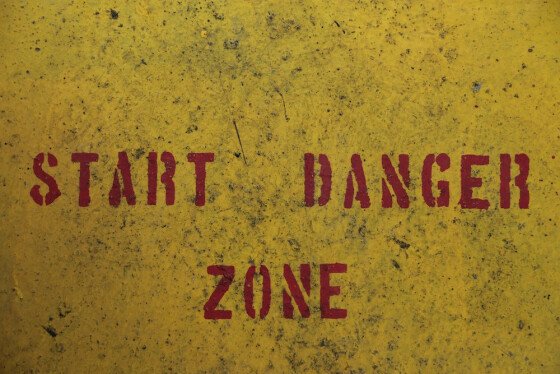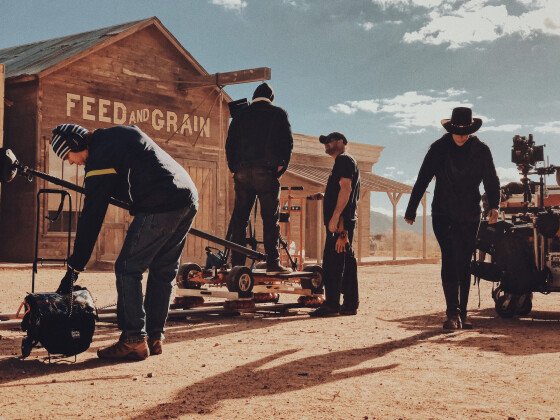Let’s start by stating we’re not attempting here to address the question from a listener’s perspective, in a “how does this music make me feel?” type way. But instead, seek to offer a glimpse behind the curtain as to how we as musicians experience and think about the notes we play and the way we want to express them. How the subconscious and conscious decisions we make in the moment influence the way they sound on the ear, how that stirs the soul and fires the old grey matter to produce that all-encompassing holy grail: emotion.
How you physically play the music - your feel - is as varied as the canon of genres out there. Feel can sometimes seem like some enigmatic mystical entity, like charisma, that you either have or you don’t. But feel is your 100% individual interpretation of pitch and rhythm.
It’s not as some would have you believe solely about whether or not you play in time. It’s how you play with the timing. It’s not the notes you play - it’s how you play them and the spaces you leave. How loudly or softly you articulate them - your touch on an instrument. How long you let notes ring out for, or the amount of vibrato you add for example. It’s a 1000 different factors, that all go into your unique musical personality. Your feel as a musician and your ability to adapt it to the nuances of other’s playing is effectively your musical DNA.
Feel is musical charisma
Like style, there is no right or wrong, good or bad feel, only that which is pleasing to a particular listener. Which may well not sound great to the next person. That’s the beauty of it.
And feel isn’t the exclusive domain of us mortals. Since the birth of early synthesisers, we’ve been attempting to impart human feel characteristics into the way machines recreate sound. All while simultaneously exploring the possibilities of sequenced inflections virtually impossible for humans to recreate organically.
How does feel influence the way we hear music?
There are countless ways we as musicians can affect the way the same notes are ‘delivered’ to alter the mood it creates. One of the most common techniques is to push and pull against the basic tempo.
Of course, we can play exactly in time, on the beat and that in itself can create a very ‘tight’ and punchy feel. But alternatively, intentionally rushing a phrase playing it slightly early - what we call ‘on top of the beat’, can produce a wonderfully insistent, youthful or energetic vibe, especially at faster tempos.
The Buzzcocks, What Do I Get?
Listen to the solo on Jeff Beck’s Hi Ho Silver Lining or the way Astrud Gilberto delivers the lyric during the B section of the Bossa Nova classic The Girl from Ipanema. Both well on top of the beat.
Conversely, playing slightly late or ‘behind the beat’ (what we call 'lazy') produces a relaxed or even soulful, jazz-tinged inflection derived from the natural tension and release produced during improvisation. This type of feel often doesn’t feel singularly as ‘tight’ and at times can sound plain sloppy. But when done tastefully (again that’s a matter of personal preference) it does effuse an effortless kind of cool particularly compelling in lead lines (vocals, brass, solos etc) as well as drums.Listen to anything on D’Angelo’s Voodoo album or the kit on this 8th Day record from 1971 for example. The drummer’s feel, particularly in the stabs at 30s is almost entirely behind everyone else in the band. It gives the track a very laid back, almost stoned sort of vibe.
The 8th Day, She’s Not Just Another Woman
How we play the notes in between the strong downbeats (the basic 1 - 2 - 3 - 4 count) of the tempo has an even more pronounced effect on the way the music sounds. This is known as how ‘straight’ or 'swung’ the music is.
It don’t mean a thing if it ain’t got that swing…
In a crude one dimensional sense, swinging the music just means to slightly delay playing the notes in between the notes of the basic pulse. When we play something straight, the upbeats (the notes in between the pulse) are exactly halfway between each count. When you swing, you play the in-between notes later, giving the music an inherent bounce.
In this simple clip, hear how moving from a straight articulation at the beginning to a swung feel afterward, directly changes the way the strong downbeats feel simply by altering the feel of the notes played around them.
The thousands of incremental shades of grey in between completely straight or completely swung are exactly what give a track, genre or musician their unique feel. Styles such as Jazz, Nu Jack Swing or UK Garage are heavily swung which give their basic backbeat a distinct head bob via the sense of a rise and fall. Whereas Techno, Trap or records like The Human League’s Don’t You Want Me, have a perfectly surgically straight delivery, producing a noticeably mechanical feel. Some bands such as Joy Division, Editors or the Hives choose to echo this machine-like style as a feel aesthetic.The Hives, Walk Idiot Walk
In the Pocket
Dialling into the unique feel of other musicians or parts on a recording, particularly in the rhythm section (drums, bass, guitar, keys) is what creates a solid groove. This forms the backbone of what we call being ‘in the pocket’ - sitting on the groove without adding distracting fills or deviating from the fundamental part.
But as with everything in music, there are no rules and there is real joy in going against the grain, intentionally superimposing one feel against another. This creates a rhythmic dissonance which, when done well, can be incredibly satisfying too.
A simple example of this would be the classic Motown handclap. Those huge claps on countless 60s records were traditionally created via one musician clapping right on the beat, one slightly early and one slightly behind.
This juxtaposition of feels occurs in more complex forms in a lot of African and Latin American music but is also commonly found in many electronic and downtempo alt/neo-soul styles (what’s known as a ‘lumpy’ feel).Ivy Lab, Jinxed
Pitch and dynamic (how hard or soft you play or sing) are equally important when it comes to feel. A violinist might choose to downbow a melody directly over the fingerboard (sul tasto) to produce a softer, warmer tone for example, rather than bowing it over the bridge with an upstroke, which might sound brighter or more brittle. Likewise, vibrato (a wavering of the pitch at the end of a note) is a deeply inherent signifier of a musician’s feel, especially for singers. When a voice breaks into vibrato it can sound intense and wrought with emotion. From Edith Piaf’s exceptionally fast style, through a more classic medium-speed vibrato of Shirley Bassey, right through to the slow deep and wide delivery of Patti Labelle or even David Bowie. Compare that to singers who choose not to use the technique, Laura Marling for example - held notes can sound almost childlike, or cold and detached on other occasions.
Mixing out the feels...
There is a growing trend in studio production, to try and iron out as much naturally occurring feel as possible. From auto-tuning vocals to quantising drums (correcting timing to a fixed grid), many new releases espouse a virtually unattainable level of performance perfection. In essence, this has come to mean all tangible sense of human feel is obliterated from the song altogether by default.
There's a generation of listeners raised with a subliminal intolerance of anything even vaguely real - Instagram for records if you like.
It’s easy to hear the heavy-handed treatment of the vocal tuning on this latest Halsey single, with 1.5bn YouTube views:
Halsey, Without Me
Whilst this can be an aesthetic production choice, such as when applied to Drake’s vocals - auto-tuned for effect, most genres - even purely electronic ones, generally benefit from some level of imperfection, even if synthetically injected.True perfection needs to be imperfect. Nuances are there to be celebrated, not to be musically airbrushed. After all, if you smooth all the life out of a recording, it won’t feel alive at all.
Check out our full Spotify playlist from this article:








-list_image.jpg)

